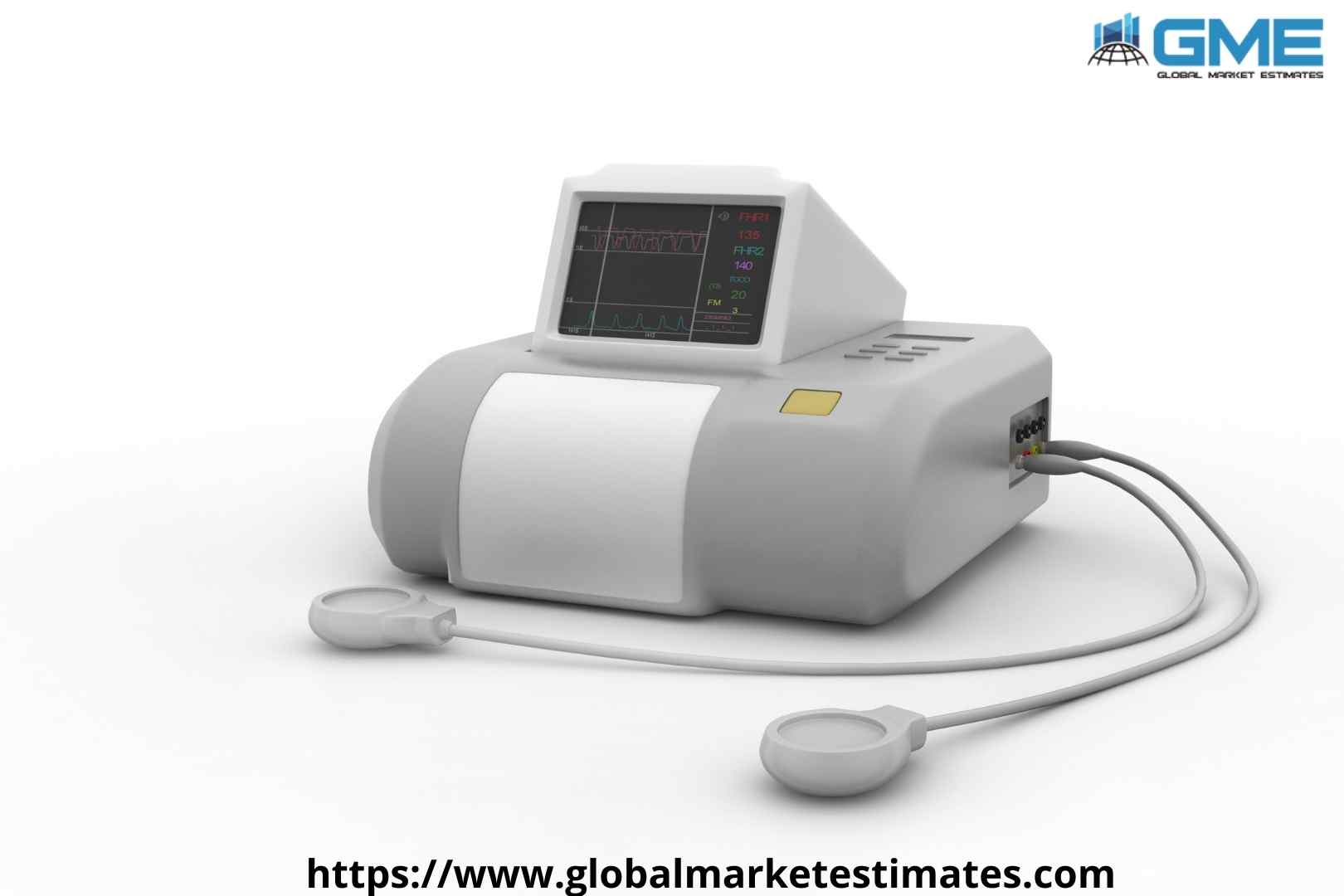Fetal monitoring is simply checking of heart rate of the fetus during pregnancy period and during the delivery time. The ideal way to find out the fine condition of the fetus is the heart rate, which is recommended to be monitored frequently. As per the study conducted by the American Association of Nursing, the frequent monitoring of the fetal heart rate rules out the high-risk pregnancy cases and probes the radiologist to take precautionary measures if required.
Portable fetal monitors also called mobile cardiotocography devices (CTG devices are registered as the class IIa CE marked medical devices. These devices provide heart rate monitoring data of the fetus, along with the monitoring details of the contraction of the uterus (TOCO). Some devices also provide maternal pulse & heart rate monitoring as an added feature to the home-based monitoring method. Many pregnant couples are today able to conduct efficient and smooth fetal monitoring in their third trimester of pregnancy remotely, only due to the successful integration of IoT and Doppler technology.
The market will grow exponentially due to increasing support of the government for improving maternal and fetal health globally, growing preference for non-invasive monitoring, rising launches of advanced point of care fetal monitors, and fetal Doppler. Furthermore, the rising prevalence of maternal mortality rate, post-term pregnancy, will drive the growth of this market from 2020 to 2026. Post-term pregnancy is one of the major reasons for continuous monitoring of the fetal vital sign owing to its ill effects of postpartum hemorrhage and maternal mortality.
The COVID-19 pandemic/situation has drastically changed the dynamics of a routine check-up. Home consultation for pregnant couples will lead to increasing demand for self-monitoring and point of care assessment. Hence, this impact will positively affect the growth of the market during 2020-2026.
As per the market research study, the market is divided into 3 components, namely products, software, and analysis service. Furthermore, based on the type of monitors available, the market is segmented into the portable electronic fetal monitor and portable fetal Doppler or auscultation monitors. Continuous fetal monitoring is done mostly using the Doppler monitor whereas the electronic fetal monitor is used during the labor period. Hence the market for Doppler monitor will be the largest shareholder owning to the above-mentioned phenomena.
Also, the market has witnessed the launch of these portable products for 2 major applications namely, Intrapartum and Antepartum fetal surveillance. Intrapartum fetal monitoring being the largest shareholder of the market will also be the fastest-growing one owing to an increased number of users of the product during the Intrapartum monitoring period. Based on the consumer analysis, the market will take a flight of growth for home-based end-users mainly due to the nature and feature of the product/device designed for a home consultation and self-monitoring methods.
To offer such an innovative point of the care monitoring device, there are various market players engaged in making their place in the top position using organic and organic growth strategies. Such players are Philips, BPL, Stasis Labs Inc., General Meditech, Bistos, AirStrip Technologies, Fluke Biomedical, Elcat, and Grupokolplast among others. The major presence of these players is in the North American region and hence the market for the US and Canada is defiantly higher than in other regions. On the contrary, due to the increasing population and rising awareness on point of care monitoring, the Asia-Pacific countries will be the fastest-growing countries in the industry.
Check the Report Description at Global Portable Fetal Monitoring Market Size - Forecasts to 2026

